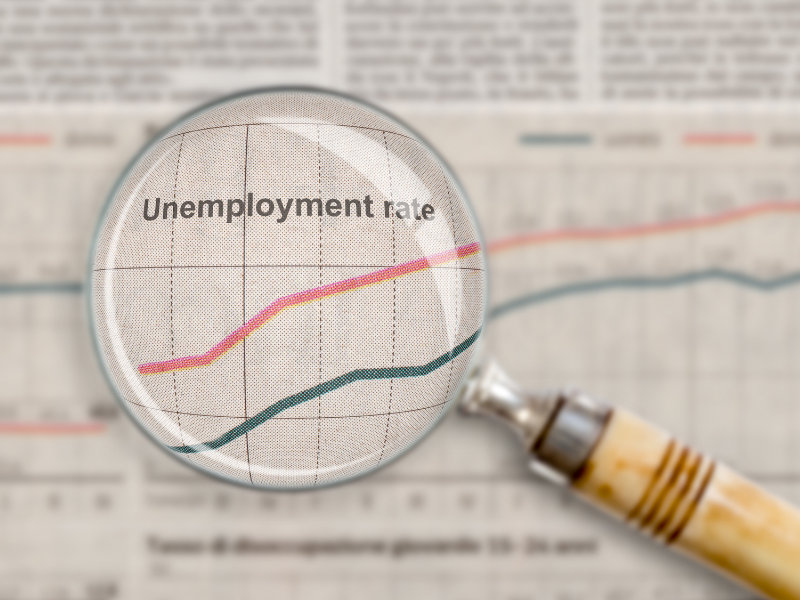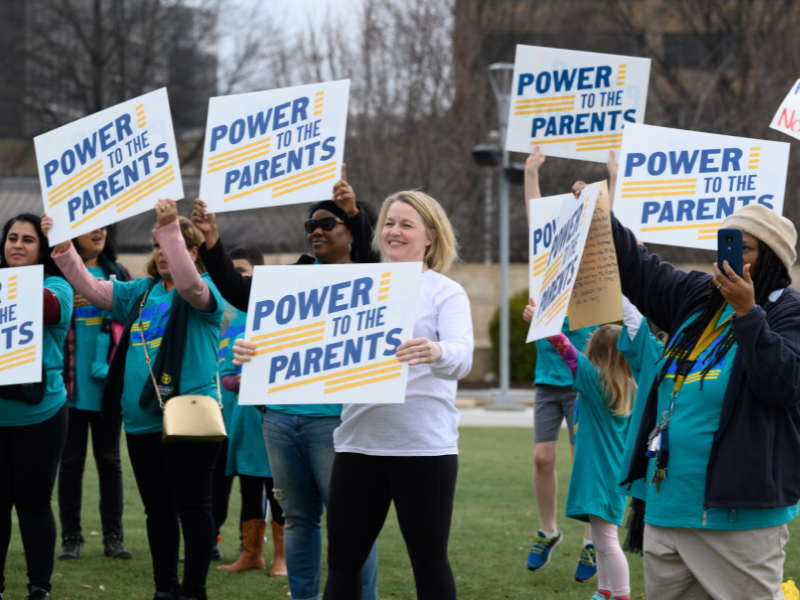
Reality is Likely to be Far Less Rosy
Reality is Likely to be Far Less Rosy

Reality is likely to be less rosy…
Some economists are hoping that inflation has peaked and will tick down in the coming months, after the pace of inflation slowed slightly in April. But Erik Randolph, director of research for the Georgia Center For Opportunity (GCO), warns that the reality is likely to be far less rosy.
“What we saw with the April Consumer Price Index was disinflation. That means the rate of inflation decreased but inflation is still occurring and our purchasing power is declining,” Randolph said. “Meanwhile, wage increases are lagging behind price increases. The vast majority of workers will have lower standardsof living because their budgets will not buy as much as in the recent past. Some workers will get handsome pay raises, but they will be the exception rather than the rule.

What’s needed?
“The core problem here is that the price level has risen, setting a new floor for costs. The only way to lower the price level, by definition, is to allow for deflation. But our policymakers are afraid of deflation because of the economic schools of thought that they adhere to. What is needed is new economic thinking in Washington, D.C. from economists who are not afraid of deflation but recognize it’s the only way to bring the price level down that benefits the most people. The mess we’re in now are the signs of stagflation, meaning the rising price level may be soon accompanied with slower economic growth and loss of employment. The only way to mitigate that scenario would be to adopt policies to allow for supply-side growth.”














